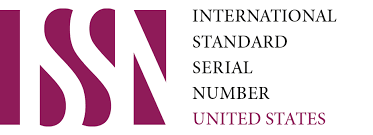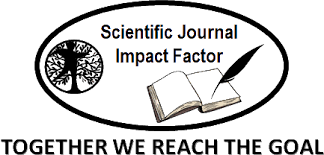Problems Of Reflecting The National And LinguisticMethodological Characteristics Of “Boburnoma” In The German Translation: An Analysis Of Helmut Dalov's Translation
DOI:
https://doi.org/10.62480/tjpch.2024.vol35.pp35-36Keywords:
Linguistic-methodological features, cultural adaptation, Chagatai TurkishAbstract
This article dedicates the complexities Helmut Dalov faced in translating Boburnoma, written by Zahiriddin Muhammad Babur, into German. The work’s national characteristics and rich linguistic features present substantial challenges in translation. We analyze Dalov's methods in dealing with culturally embedded concepts, linguistic structures, and multilingual elements within Boburnoma, focusing on the impact of his approach on the text’s readability and fidelity to the original. The findings highlight the strategies Dalov employed to maintain the spirit of Babur’s work while adapting it for a German-speaking audience, illustrating the nuanced balance required in translating culturally significant literature
References
Babur, Z. M. (2002). The Baburnama: Memoirs of Babur, Prince and Emperor. Translated by
Wheeler M. Thackston. Oxford University Press
Baker, M., & Saldanha, G. (2009). Routledge Encyclopedia of Translation Studies. Routledge.
Bassnett, S. (2013). Translation Studies (4th ed.). Routledge.
Cormier, M. C., & Wolf, M. (2015). Handbook of Translation and Culture. Bloomsbury.
Davies, E. E. (2003). "A Goblin or a Dirty Nose? The Treatment of Culture-Specific References in
Translations of the Harry Potter Books." The Translator, 9(1), 65–100.
Genette, G. (1997). Paratexts: Thresholds of Interpretation. Cambridge University Press.
Lane, G. (2008). Daily Life in the Mongol Empire. Greenwood Press.
Lefevere, A. (1992). Translation, Rewriting, and the Manipulation of Literary Fame. Routledge.
Pym, A. (2014). Exploring Translation Theories (2nd ed.). Routledge.
Abdurakhmonova, D. (2023). PHRASEOLOGICAL UNITS IN THE TRANSLATIONS OF
BOBURNAMA.
Abdurakhmonova, D., & Abduvohidova, H. (2023). Challenges in Listening to second language
learners. Central Asian Journal of Literature, Philosophy and Culture, 4(3), 74-77.
Downloads
Published
Issue
Section
License

This work is licensed under a Creative Commons Attribution-NonCommercial 4.0 International License.
User Rights
Under the Creative Commons Attribution-NonCommercial 4.0 International (CC-BY-NC), the author (s) and users are free to share (copy, distribute and transmit the contribution).
Rights of Authors
Authors retain the following rights:
1. Copyright and other proprietary rights relating to the article, such as patent rights,
2. the right to use the substance of the article in future works, including lectures and books,
3. the right to reproduce the article for own purposes, provided the copies are not offered for sale,
4. the right to self-archive the article.












